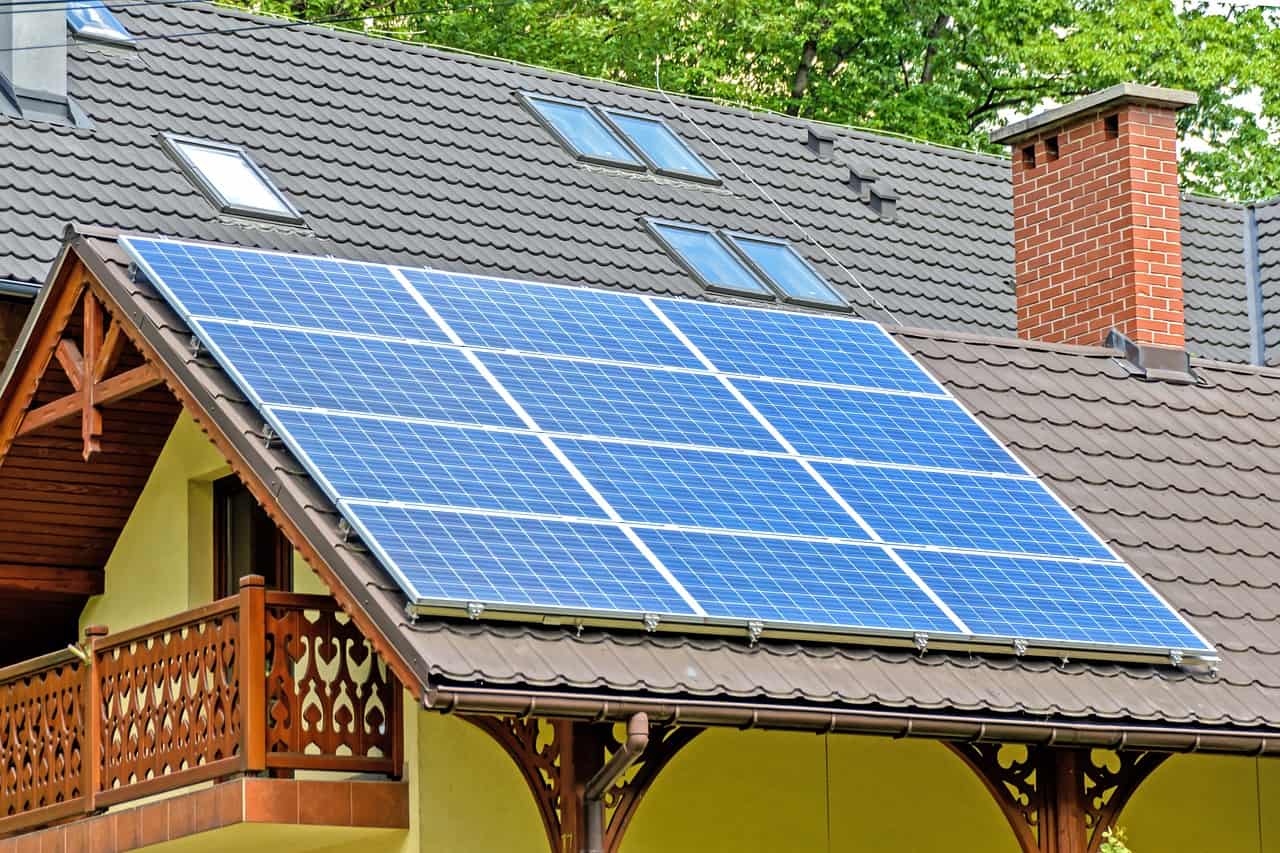Some of the most common questions people have about solar arrays and BOS systems are “how much they cost to install?” “What is the Return on Investment?” While the answer to these questions is varied between households, it stands to show that they are dependent upon the amount of power being produced as well as the complete size of the solar array. Here is a guide to determine just how much a solar panel installation might cost for you.
Federal Solar Tax Credit
First off, we have the ITC, which is a federal tax credit awarded to those who install solar electric systems in their homes(25D) and businesses (48). The tax credit will be 30% of the investment on installation in 2019. The solar tax credit is responsible for increasing the solar power industry by 5000% since 2006. And with a promise to pay only 70% of what is initially owned, it’s easy to understand why. Solar power installation costs will automatically be down by 30% in 2019.
And while the tax credit may offer less in compensation for such a drastic switch in energy production, we can still expect it to be up for years to come. As solar energy accounts for only about 3% of energy production in the US, we still have a long way to go before we find the sun truly in the palm of our hands.
Why does solar panel cost vary between household?
On a bigger scale, energy consumption and production vary between states, cities and houses. In Florida, the average consumption per month, per household is 1000kWh to 1300kWh. However in California, the average consumption is 500kWh to 600kWh a month.
This is where most of the variation comes in terms of solar installation costs. Climate conditions affect the energy production and consumption, which in-turn affects the cost of energy consumption. Furthermore, the energy needs per household can be vastly different. If you just got your first apartment, you’re not going to be spending too much time with the lights on. Energy consumption is very circumstantial.
How many solar panels do you need to power your home?
Climate is one of the most important factors to look at when asking this question. If you live in an area where the sun is always out, storms don’t show up so much, you are in the clear to start producing massive amounts of solar energy, with less solar panels.
The more sun you have, the less panels you need. Generally though, solar electricity generation has become way more efficient from 6% efficiency during the birth of the solar panel to the high end panels of 46% efficiency. The average solar panels today operate with 20-25% efficiency. But the more high-end you go, the higher the cost will be.
The amount of panels you need is dependent on the efficiency of the panels you buy as well as the amount of power you need to produce. The amount of energy you need to produce is based on your own energy consumption, but using the average kilowatts for your state is a good starting point.
How much does it cost?
The cost of an installed solar electric system is dependent on the cost per watt. In Florida, the cost per watt is $2.73. If you consider the average amount of power consumed, then the average cost per system will be around $27,300. However, when you subtract the Federal ITC of 30% of the installation, the cost will actually be $19,110.
Although higher energy output yields higher cost for solar installation, that also means that the savings from that investment will be higher as well.
Why choose Sundial Solar?
Here at Sundial Solar, we are dedicated to saving. Whether it’s the environment, energy, or the money in your pocket, we are dedicated to conserving all the things we rely on for the best quality of life possible. With solar technologies ranging from water heating, energy production, and AC, let us help you put a little sunshine in your home. Visit our website today!


